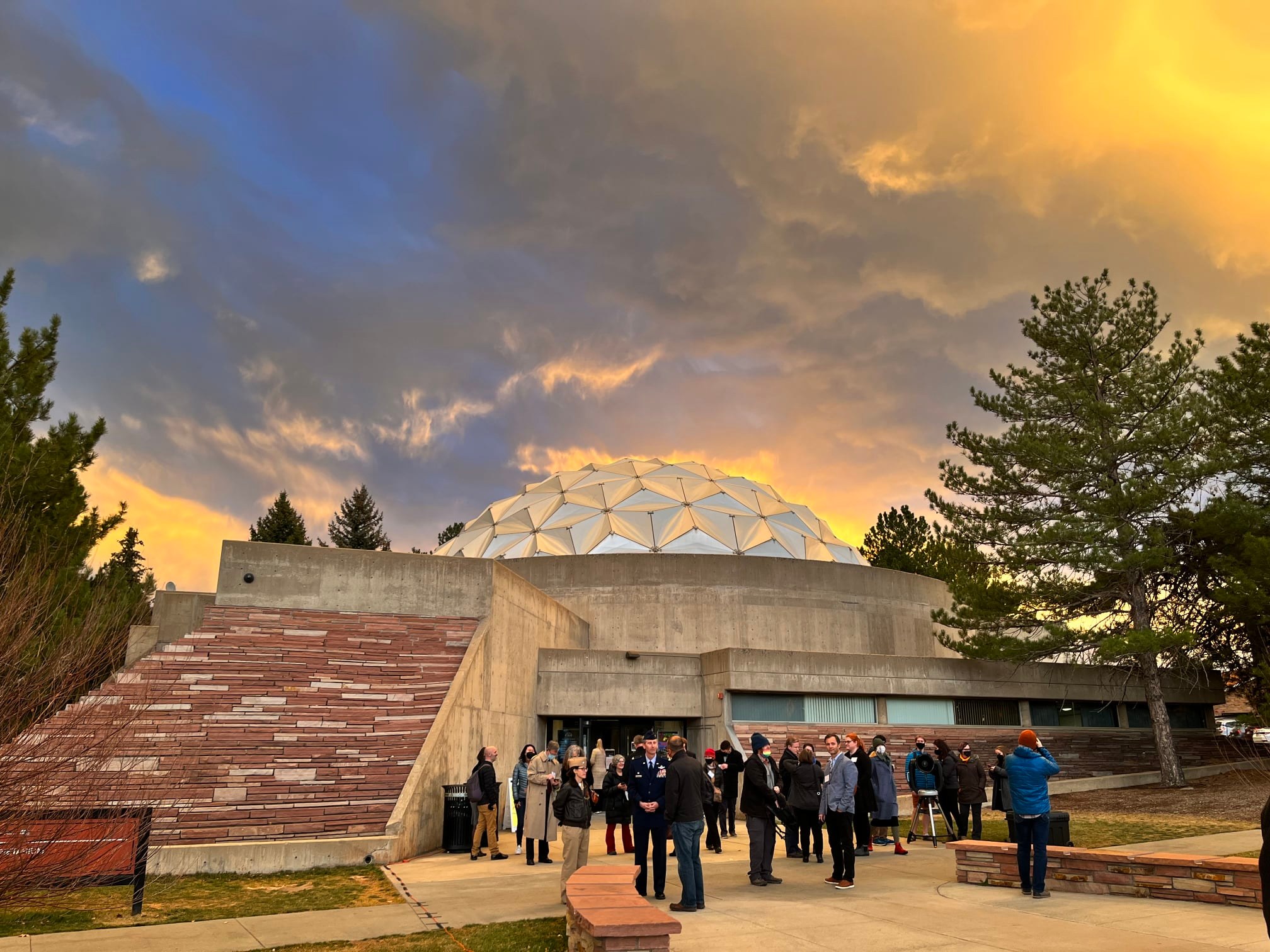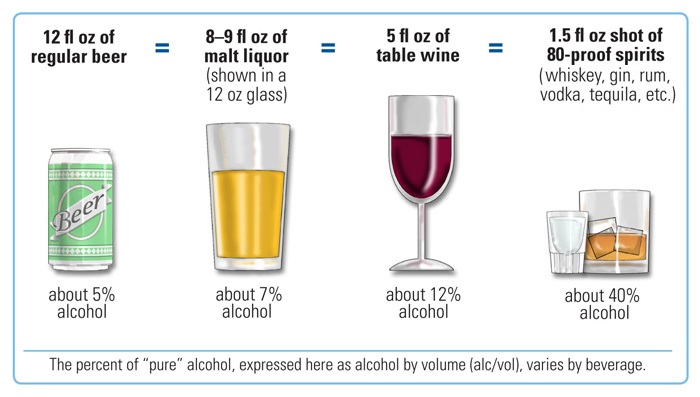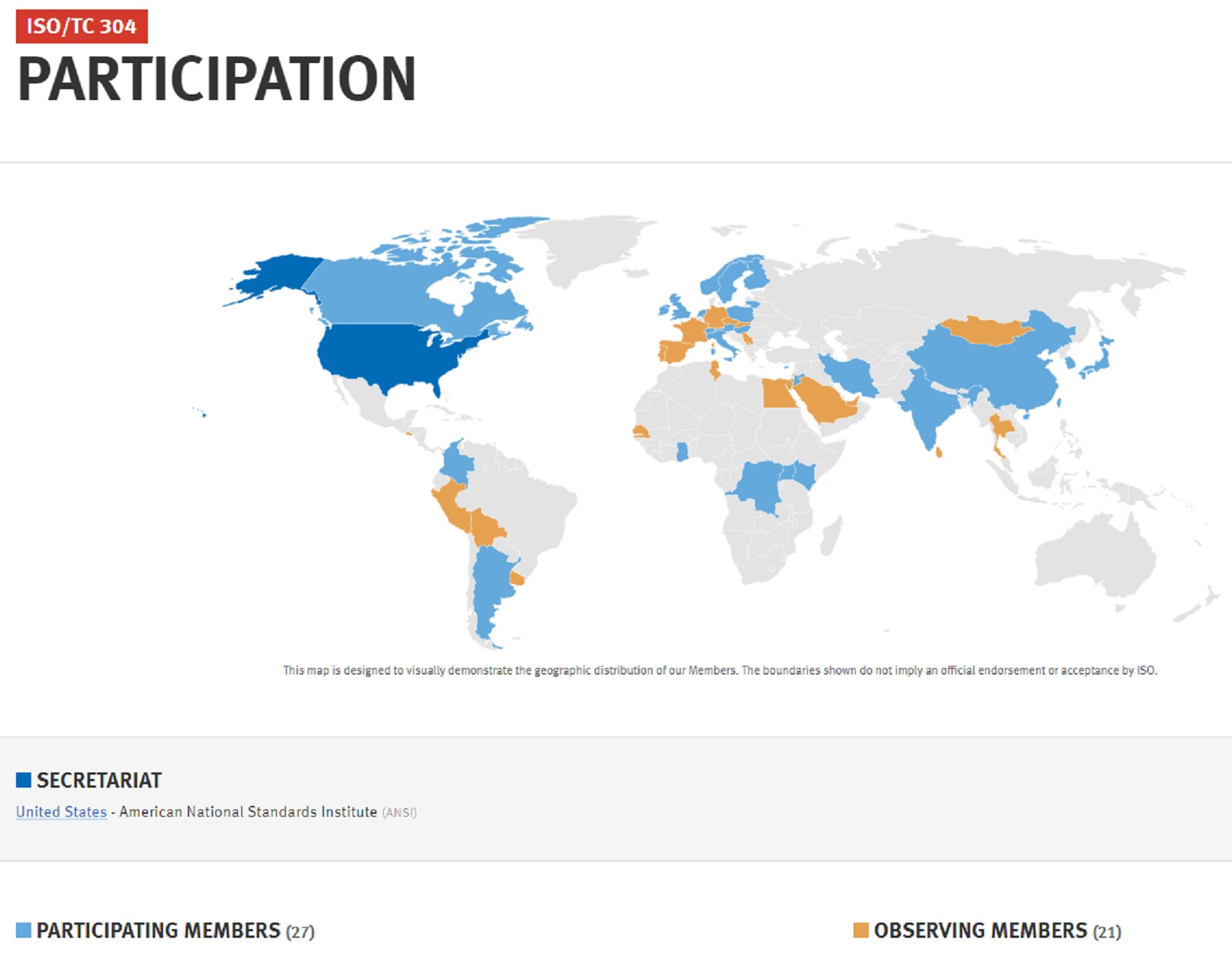The largest planetarium on a U.S. college or university campus is the Fiske Planetarium at the University of Colorado Boulder. The Fiske Planetarium features a 65-foot diameter dome and has undergone significant technological upgrades, making it one of the most advanced planetariums in the country. It offers a variety of shows, including live demonstrations and immersive experiences that simulate different cosmic phenomena and environments (CU Connections).
Fiske Planetarium
- Home Page 25

National Center for Spectator Sports Safety and Security
The legacy of Merry Old England lives on in the American South. pic.twitter.com/ujnDUIz3Q3
— 𝒩𝒶𝓉𝒶𝓁𝒾𝒶 (@classicspilled) October 3, 2025
Exploring the impacts of elite youth sports on family life
Purpose: This study explored the impacts of elite-level youth sport participation on family life.
Methodology: In-depth semi-structured interviews were conducted with parents of youth athletes (N = 17).
Findings: Parents extensively talked about the temporal demands of elite youth sports and necessity of time management. Three domains were found in parents’ accounts including, children’s time, parents’ time, and family’s time; temporal opportunities and challenges were identified within each domain. Time spent on sports was perceived positively, keeping children out of trouble and from video games/time online; however, it left no time for other activities. Although parents sacrificed their own activities to facilitate their child’s sports participation, they used the practice and tournament time to engage in personal interests, such as reading or exercising. Likewise, family’s time was restricted by youth sport schedules, but parents managed to turn car rides or tournament trips into quality family time.
Practical implications: Findings can be used by youth sport practitioners to enhance children and parents’ experiences.
Research contribution: Findings contribute to the literature by assessing the impacts of elite-level youth sports participation on family life.
Originality: The intricacies of how time-on task relates to parents’ relationship with their child’s sport have been understudied.
What Is A Standard Drink?
“It’s a fine line between Saturday night
and Sunday morning” – Jimmy Buffett
“Rather a bottle in front of me
than a frontal lobotomy” — Some guy
Many people are surprised to learn what counts as a “drink”. The amount of liquid in your glass, can, or bottle does not necessarily match up to how much alcohol is actually in your drink. Even before the United States federal government withdrew from regulating alcohol, the conversation, and degree of agreement and attitude, remains remarkably regionally specific:
Missouri University of Science & Technology: What is a Standard Drink?
University of South Alabama: What is a Standard Drink?
Stanford University Office of Alcohol Policy and Education
Other nations serve alcohol to students on campus in university owned facilities.
I didn’t know that🤔 pic.twitter.com/rMT3X2fCN0
— Alix (@AlixG_2) August 17, 2024
For anyone who cares.. I have 2866 DAYS of sobriety ❤️ pic.twitter.com/PBKAle2m4c
— 🎀 Sᴀʀᴀʜ 🎨 Aʀᴛɪsᴛ 🎀 (@SarahXArt) December 30, 2025
— Dr. Maya C. Popa (@MayaCPopa) May 26, 2023
Casual reminder that Wisconsin has more bars than grocery stores pic.twitter.com/dG8YYRkoKd
— Midwest vs. Everybody (@midwestern_ope) March 30, 2025
not sure if anyone cares on here, but I’ve been sober 1 year today❤️🩹 pic.twitter.com/q33BaYPXPx
— Sophia Chloe 🇱🇷🇬🇧 (@_Hani_945) December 27, 2025
Home for the Holidays
Net Position 2024: $1.128B (Page 14)
Sneak peek at our peak fall colors 😻 pic.twitter.com/SF3UcoBK3F
— Ohio University (@ohiou) October 26, 2025
Hegemon Fairfield County Connecticut
Hubbell Corporation, a leader in electrical and utility solutions, significantly contributes to data center build-outs by providing end-to-end infrastructure products. These include reliable connectivity, structured cabling, wiring devices, enclosures, and modular prefabricated systems for high-density server rooms and power distribution. Through brands like PCX and Hubbell Premise Wiring, it ensures scalability, maximum uptime, and regulatory compliance, backed by a 25-year guarantee. Amid AI-driven demands, Hubbell’s vertically integrated approach supports efficient grid-to-chip power management, enabling faster, resilient expansions for colocation and enterprise facilities.
We want to give a warm welcome to this year’s summer #interns! This summer, we have 94 interns that span across 23 locations, 57 universities, and over 12 business functions.
We look forward to seeing the unique contributions that each of these interns will make over the summer. pic.twitter.com/A2mbytr338
— Hubbell Incorporated (@HubbellCorp) May 15, 2023
Berrien Springs
Settled in the Village of Berrien Springs (Population 2043, including students) Andrews University is the flagship educational institution of the Seventh-day Adventist Church, and is made up of the Seventh-day Adventist Theological Seminary, College of Arts and Sciences, School of Business Administration, School of Education, School of Health Professions, and the School of Architecture, Art & Design.
The University is named after John Nevins Andrews (1829–1883), the biggest thinker in the 19th-century Seventh-day Adventist Church. He was also the first sponsored missionary that the Church sent overseas. J.N. Andrews’ example of careful thought and compassionate action in Christian life is something we have taken to heart. Our motto is “Seek Knowledge. Affirm Faith. Change the World.”
Andrews University is honored to be ranked as one of the top 15 Christian universities and the highest ranked Adventist university in the country in the 2024 Niche Best Colleges report. pic.twitter.com/FQb7czeHoL
— Andrews University (@AndrewsUniv) September 27, 2023
Pres. JW Taylor greeted Julianna Magan, her parents, Andy & Cindy Magan, & sister, Clara, at Sutherland House on Aug. 19. Julianna, a transfer student, & Clara are great-great-great-granddaughters of Percy T. Magan, 1 of the 2 major founders of the Andrews Berrien Springs campus. pic.twitter.com/2wqcgUQBdl
— Andrews University (@AndrewsUniv) August 25, 2023
Intercollegiate Studies Institute
God and Man at Yale | Willam F. Buckley, Jr 1951
The Conservative Mind | Russell Kirk 1953
The ISI is a nonprofit organization founded in 1953 by Frank Chodorov and William F. Buckley Jr. to promote conservative and libertarian ideas on American college campuses. ISI educates students through publications (e.g., Modern Age, The Intercollegiate Review), campus lectures, honors programs, and fellowships that emphasize free-market economics, limited government, traditional values, and the Western intellectual tradition.
Independent of political parties, it has influenced generations of conservative leaders, including judges, journalists, and policymakers. Headquartered in Wilmington, Delaware, ISI remains active in countering perceived leftist dominance in higher education
“The expansion of higher education has been paid for by the taxpayer,
and the taxpayer has been rewarded with the systematic destruction
of the culture that once justified the expense.”
— Sir Roger Scruton (Culture Counts, 2007)
New ISI chapters and new Collegiate Network publications reflect a growing demand for thoughtful, principled conservatism. Discover the work happening across the ISI community at the link below.https://t.co/F1tmk1741T pic.twitter.com/XqCn1lSITY
— Intercollegiate Studies Institute (@ISI) November 17, 2025
Russell Kirk Center for Cultural Renewal | Mecosta County Michigan
“The seeming infinitude of internet content renders it transient: just one more funny video, just one more brightly-colored photo from family vacation, just one more horror story on the news, just one more passionately-written think piece.” pic.twitter.com/i71OLQmOqJ
— Russell Kirk Center (@KirkCenter) November 26, 2025
Healthcare Organization Management
Open consultations:
US TAG is transferred to Association for the Advancement of Medical Instrumentation from InGenesis. Administrative details in process. Stay tuned.
ISO FDIS 16473 Healthcare organization pandemic response information management standard | Comments due September 4th
VF_40_2025_-_Re-allocation_of_ISO_TC_304_ | Comments due July 17th
ISO_DIS 20364 Pandemic Response Standard Draft Open for Public Consultation Comments due July 1
ISO Healthcare Management Comments on Smart Hospital Standard due January 15
Send Mike a message to coordinate comments (maanthon@umich.edu)
ISO Technical Committees | ANSI (U.S. Participation in ISO Activities)
Many large research universities have significant medical research and healthcare delivery enterprises. The leadership of those enterprises discount the effect of standards like this at their peril. It is easy to visualize that this document will have as transformative effect upon the healthcare industry as the ISO 9000 series of management standards in the globalization of manufacturing.
Standardization in the field of healthcare organization management comprising, terminology, nomenclature, recommendations and requirements for healthcare-specific management practices and metrics (e.g. patient-centered staffing, quality, facility-level infection control, pandemic management, hand hygiene) that comprise the non-clinical operations in healthcare entities.
Excluded are horizontal organizational standards within the scope of:
-
- quality management and quality assurance (TC 176);
- human resource management (TC 260);
- risk management (TC 262);
- facility management (TC 267), and;
- occupational health and safety management (TC 283).
Also excluded are standards relating to clinical equipment and practices, enclosing those within the scope of TC 198 Sterilization of health care products.
This committee is led by the US Technical Advisory Group Administrator —Ingenesis. The committee is very active at the moment, with new titles drafted, reviewed and published on a near-monthly basis,
DPAS ballot for ISO PAS 23617- Healthcare organization management: Pandemic response (respiratory) —Guidelines for medical support of socially vulnerable groups – Comments due 16 October
[Issue 14-99]
Contact: Lee Webster (lswebste@utmb.edu, lwebster@ingenesis.com), Mike Anthony (mike@standardsmichigan.com), Jack Janveja (jjanveja@umich.edu), Richard Robben (rrobben1952@gmail.com), James Harvey (jharvey@umich.edu), Christine Fischer (chrisfis@umich.edu), Dr Veronica Muzquiz Edwards (vedwards@ingenesis.com)
Category: Health, Global
More
ISO Focus Special Issue on Healthcare
ISO/TC 48 Laboratory equipment
ISO/TC 212 Clinical laboratory testing and in vitro diagnostic test systems
ISO/TC 198 Sterilization of health care products
Four years ago Mom made a surprise visit to the ‘Hyacinth Chen School of Nursing’. Was always her dream that young women, especially from poor families, fulfil theirs to become nurses. The students were ecstatic to actually see a lady they only knew as a painting on the wall. pic.twitter.com/LBHHCLVhKy
— Wayne Chen (@wcchen) June 1, 2022
- The American National Standards Institute — the Global Secretariat for ISO — does not provide content management systems for its US Technical Advisory Groups. Because of the nascent committee, inspired by the work of Lee Webster at the University of Texas Medical Branch needed a content management system, we have been managing content on a Google Site facility on a University of Michigan host since 2014.Earlier this spring, the University of Michigan began upgrading its Google Sites facility which requires us to offload existing content onto the new facility before the end of June. That process is happening now. Because of this it is unwise for us to open the content library for this committee publicly. Respecting copyright, confidentiality of ISO and the US Technical Advisory Group we protect most recent content in the link below and invite anyone to click in any day at 15:00 (16:00) UTC. Our office door is open every day at this hour and has been for the better part of ten years.
New update alert! The 2022 update to the Trademark Assignment Dataset is now available online. Find 1.29 million trademark assignments, involving 2.28 million unique trademark properties issued by the USPTO between March 1952 and January 2023: https://t.co/njrDAbSpwB pic.twitter.com/GkAXrHoQ9T
— USPTO (@uspto) July 13, 2023
Standards Michigan Group, LLC
2723 South State Street | Suite 150
Ann Arbor, MI 48104 USA
888-746-3670





















